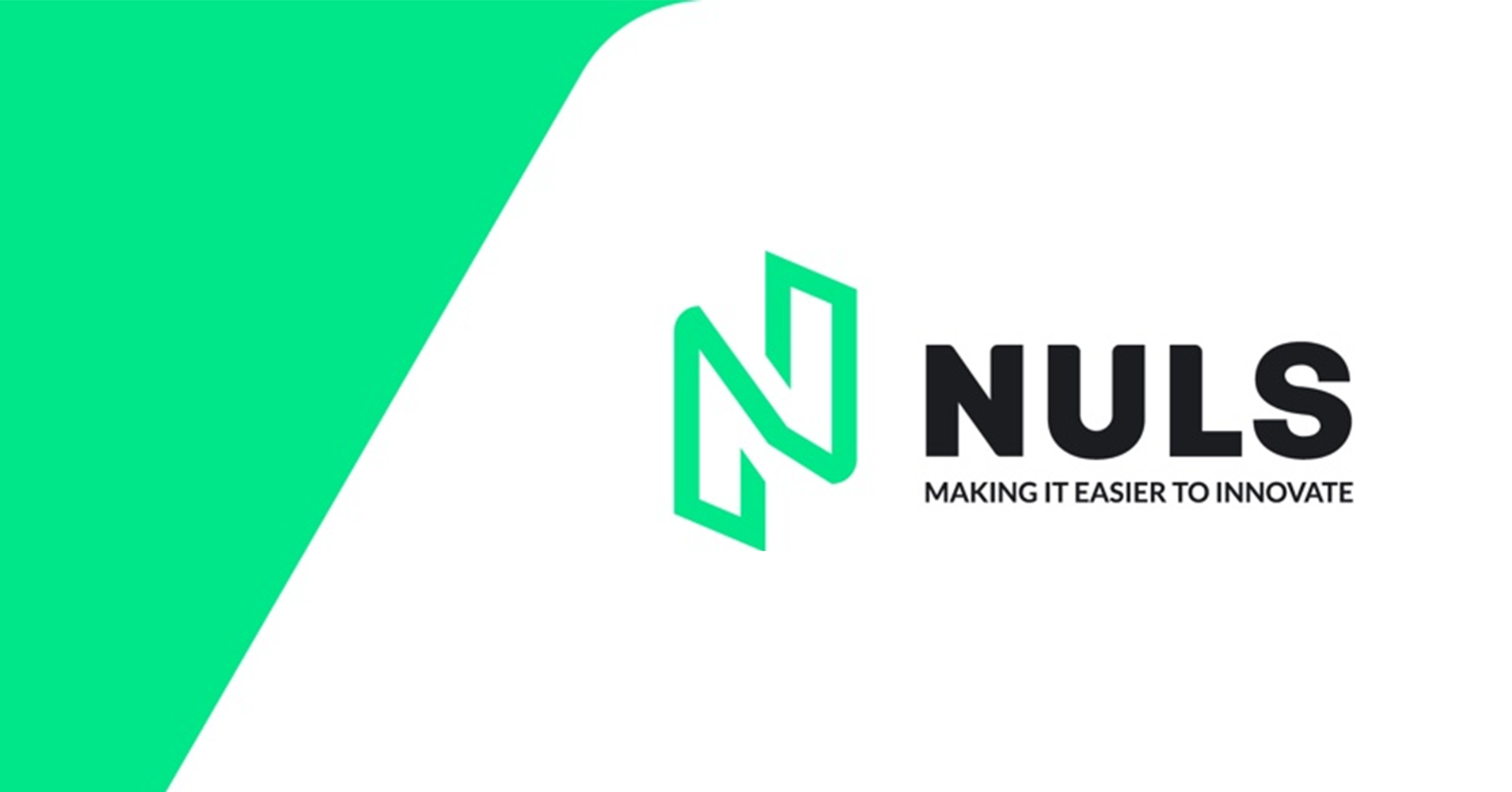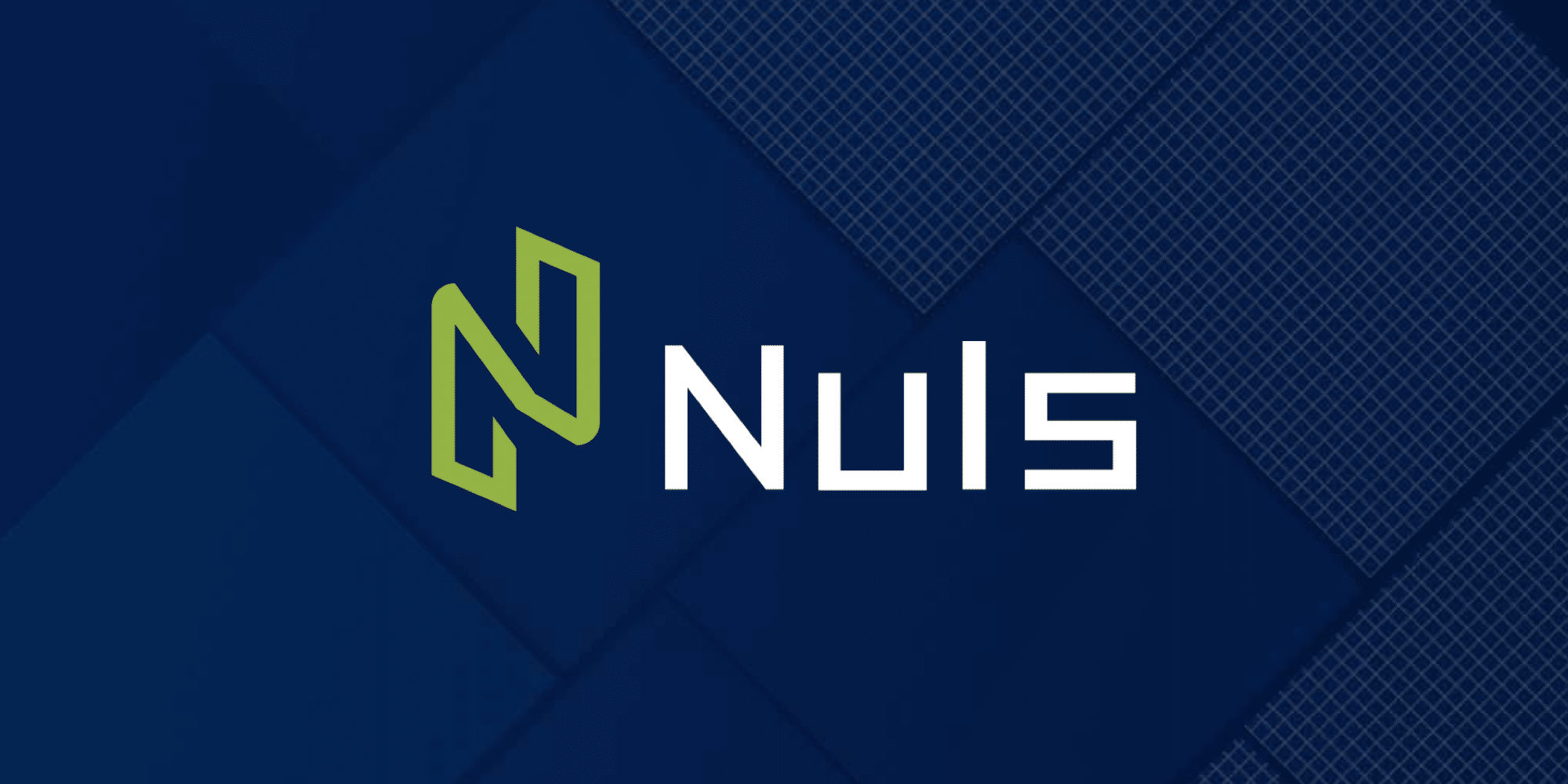By Brendan Malone
I have been struggling with how to engage in crypto policy as election season ramps up. So here’s a personal, apolitical reflection on why I think blockchains are the future of financial services—and just about everything else.
The days are long but the decades are short
First, some backstory.
I bought my first bitcoin in 2013. In 2016, I wrote a paper with a group of colleagues at the Federal Reserve that contemplated whether blockchains would change the global financial architecture. I’ve now spent the better part of the last 8 years thinking about the same question from a number of different angles.
At times, it has been a vexing journey. I’ve seen various things come in and out (…and in again) of fashion in the industry. Given a number of setbacks that I won’t list here, a lot of people in my personal and professional orbits have tried to convince me that there’s no substance in crypto, and there’s no way it’s going to change the world. But I’m still here.
One conclusion I’ve come to—call it a conviction at this point—is that permissionless blockchains already have changed the global financial architecture. And it’s still *so* early.
Financial infrastructure has traditionally been costly to build, which harms consumers in the long run
My career straddles two very different worlds, having gone from the center of the financial system (the Fed) to the center of cutting-edge crypto (Paradigm). I have always been driven by an interest in money and freedom as social phenomena, and a desire to make both ideas work better for everyday people. I think of the financial system as capitalism’s middleware, and I’m fairly agnostic about the shape of the future, as long as it’s better than the past. That’s how I relate to crypto policy to this day, and I believe a lot of my former colleagues in the government share this sentiment.
Working at the Fed gives you a deep appreciation for how the financial system works and how it falters. Most traditional financial infrastructures are fortified with huge moats and a core challenge for entrepreneurs and policymakers is how to build bridges between them.
Conventional economic wisdom tells us that natural monopolies emerge where there are high (upfront) fixed costs and low marginal costs. Power utilities are a foundational example: it’s very costly to build a nuclear power plant and transmission infrastructure, but once everything is in place it’s almost costless to add another node to the network.
Building an exchange, clearinghouse, or payment system historically has had a similar cost structure, but financial market utilities receive even stronger market power thanks to network effects from the concentration of participants and liquidity. If you wanted to build a traditional financial infrastructure 5 years ago that operates at scale, you would have had to, at a minimum: 1) build and maintain an on-prem data center; 2) develop the core software that records transfers from scratch; 3) create a communications network for participants; 4) integrate with a seemingly infinite number of external systems and merchants; and 5) provide a governance framework and some sort of rulebook.
In a 2023 Federal Register Notice, the Fed estimated it spent a whopping $545 million over 4 years to bring the FedNow service to market—a system that runs parallel to the Fedwire system it already operated. Intercontinental Exchange, which owns NYSE and the ICE complex of clearinghouses, spent $734 million in 2023 on technology and communications infrastructure. SWIFT traces its origins to trans-Atlantic undersea cables connecting New York and London.
But innovation dies and costs rise where there isn’t competition. Without the pressure of compressing margins, rent-seeking intermediaries have very little incentive to invest in research and development that could deliver welfare-enhancing products for their end-users. They also have the market power to charge what they want… and most aren’t in the business of charity.
Additionally, high recovery costs severely limit the scope of what’s commercially viable to build, which means the only markets that get served are ones that don’t require the kind of bespoke customization that don’t benefit from economies of scale. People have a hard time understanding that this point isn’t about using technology to make existing products or markets more efficient—it’s about building products and markets that couldn’t exist previously because the economics just didn’t work.
We can bend the cost curve with public blockchains. Who doesn’t want to make it inexpensive to make products that serve the long-tail of people and businesses that are often ignored?
What if you could build a financial utility on performant, interoperable infrastructure with almost zero upfront costs?
Ethereum and Solana and [name that L1] are functionally globally-distributed data centers operated as privately-funded, publicly-accessible utilities. If you want to build a payment system today, you could build your own data center, etc., or you could just build a stablecoin. If you want to build an exchange today, you could run a CLOB and co-located infrastructure, or you could deploy a Uniswap liquidity pool. The ledger, communications network, and social graph are already built and you just have to pay to use them on a per-transaction basis. Better yet: everything is interoperable by default.
At a time where financial infrastructure is already in need of upgrading, it’s hard to overstate what this could mean for the future of finance and of social coordination. It’s why Vlad Tenev and Larry Fink continue to tout the virtues of building onchain and the efficiency benefits from leveraging public infrastructure. Every major bank or financial institution and every major government (US excepted) is investing in the space. I don’t know how you can ignore that. Some people like to point out that you could get these benefits without native cryptocurrencies, but that simply isn’t true. Native tokens like ETH are what power these networks and what provide incentives for people to build on them.
You don’t need a blockchain for that
It’s almost certainly true that there are sometimes efficiency costs from decentralization and that optimizing for those, as a lot of blockchains do, is importing inefficiency to products that don’t need that level of censorship resistance. I think this is quickly becoming one of the flimsiest anti-blockchain arguments, especially in finance.
At some stage, it doesn’t really matter if use case XYZ needs to be onchain if the rest of our lives are there. You might not need to be able to make payments on your phone when almost every store accepts cards and cash. But when your phone is on your person 24/7 and is one of the primary ways you interact with the world, having every part of your life there as well is a big convenience.
rwa.xyz shows that there are roughly $5.25 billion in “real-world assets” (narrator: awful name) onchain today, up from nearly zero five years ago—and this excludes stablecoins, which add another $150+ billion to the total. This will continue to create a flywheel such that in five years, “you don’t need a blockchain for that” will sound as obtuse as, “why would you build a website for your business?” This leads me to my next point.
Blockchains aren’t monoliths (even the monolithic ones)
In our 2016 paper, we flagged a number of technical “challenges” with blockchains, including scalability/throughput, key management, and interoperability. Most of these have had notable breakthroughs in recent years and could be solved in the near future.
I believe it’s vitally important for crypto’s base layer to stay credibly neutral, but it’s also reasonable for certain organizations building in crypto to need a different degree of control and visibility. Smart contracts with whitelists and L2s with centralized sequencers are enterprise-blockchain adjacent but still offer benefits over proprietary tech stacks.
There’s already so much nuance in the space that you can fairly ignore most people who try to one-size-fits-all their reason for why blockchains can’t do something. Time and technology shift what people think is possible and what they’re willing to change to make it happen.
Beyond finance
The not-so-subtle theme of this piece has been about the future of finance. Of course, all of the benefits that make blockchains useful for financial applications apply equally to other areas with trust requirements where technology can be used to create digital scarcity and augment social coordination. Thus, I’m equally interested in non-financial use cases because they create a positive feedback loop for financial ones and are an experimentation ground for culture. TradFi moving onchain is a second-order effect of the rest of commerce and culture moving there.
Farcaster is a great example, which co-founder Dan Romero likes to refer to as a “sufficiently decentralized” social network. It would be costly (and overkill) to store every piece of information on a blockchain. It’s really useful to have the social graph there, especially when paired with embedded crypto wallets that can be used for payments and to store unique digital content.
Skeptics that knock crypto for having no “killer app” or too much repugnant activity are missing the point. For one, unstoppable public infrastructure is a killer app. Early adopters of new technology are almost always on the fringes of society. As a technology diffuses and goes mainstream, its user base eventually broadens and people build applications that are in demand for an ever growing number of people. Crypto is on this trajectory.
Fin
This brings us back to where we started. After almost a decade in this space, I’m pretty confident at this point that crypto isn’t going anywhere. In fact, we’re only going to get more projects and more applications as time progresses.
One of the most basic primitives of the corporate world is the merger/acquisition, which trends toward centralization. It’s telling that in crypto governance, one of the most important “corporate” actions is the fork—where one can become many.
Our laboratory of experimentation is going to get some things wrong along the way. It will be uncomfortable at times. But I would challenge people working in the space—especially those working on policy, broadly defined—to not fixate on the bad and instead imagine how we can make things better.











